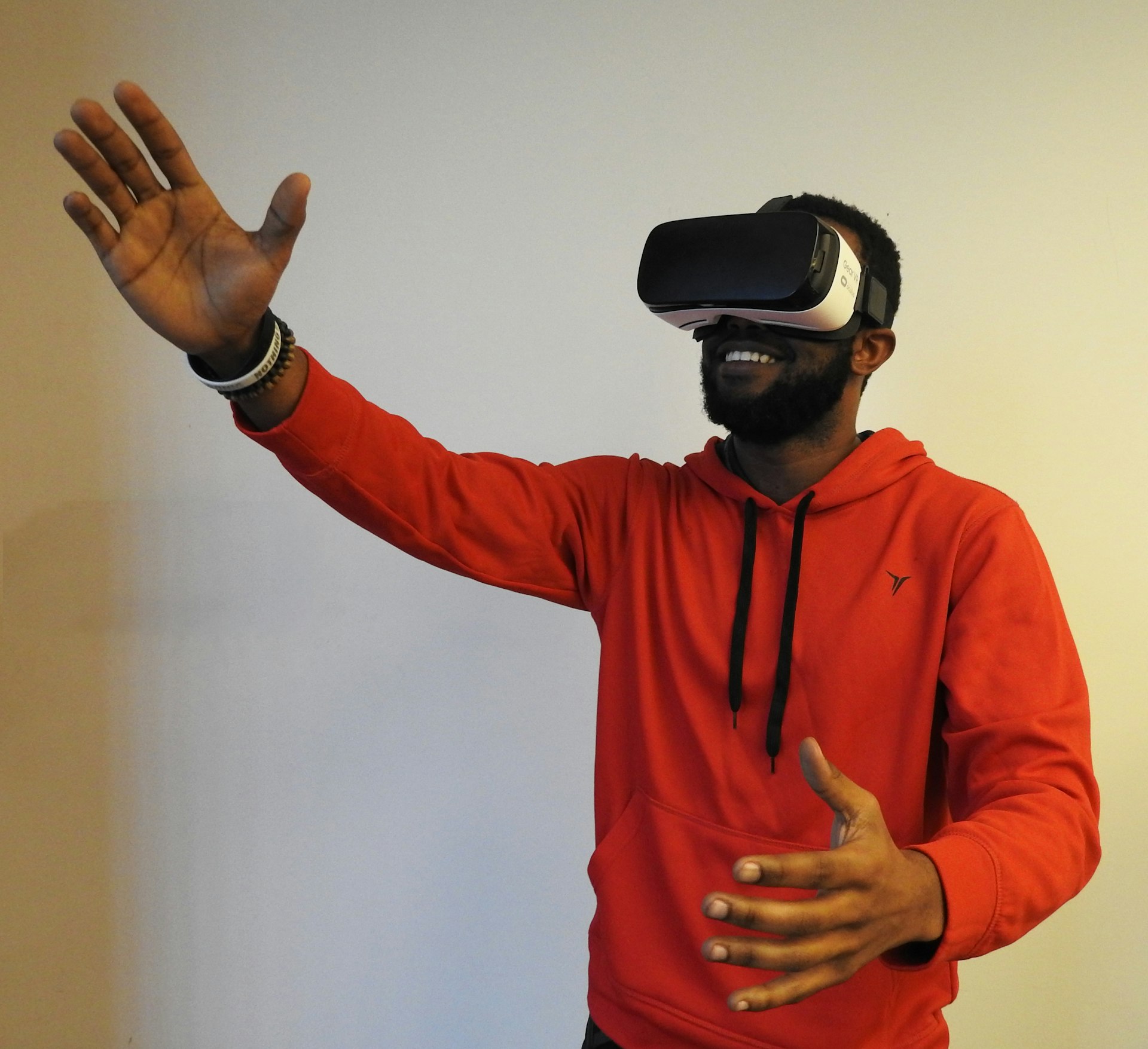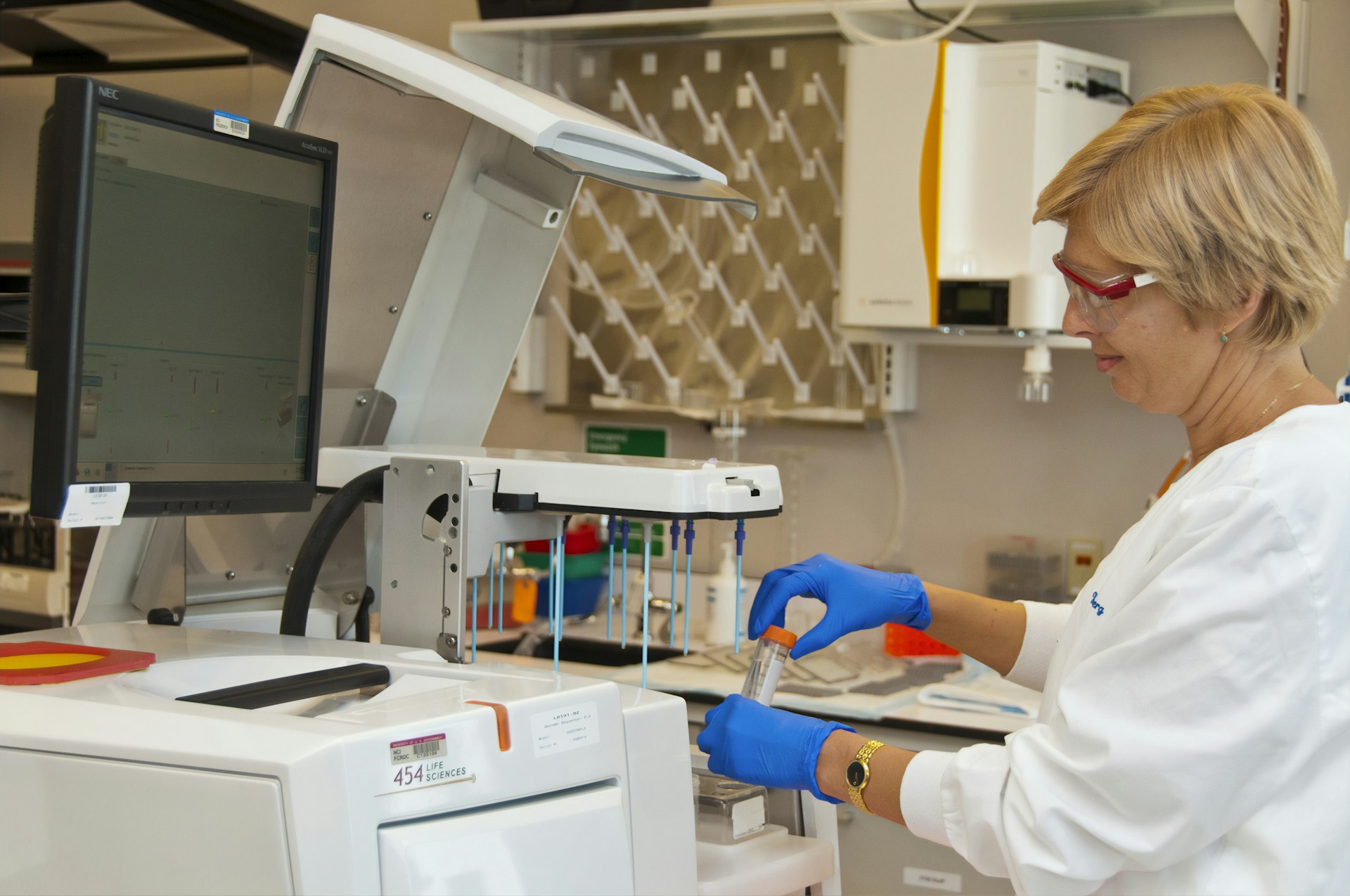Breakthroughs in Sports Medicine: Transforming Rehabilitation Therapy in 2025

Photo by Samuele Macauda on Unsplash
Introduction: A New Era in Sports Medicine Rehabilitation
Sports medicine in 2025 stands at the forefront of revolutionizing rehabilitation therapy. Modern advancements blend cutting-edge science, technology, and individualized care to deliver superior outcomes for athletes and active individuals. Whether you are recovering from an injury, seeking to prevent future setbacks, or aiming to optimize your athletic performance, understanding these breakthroughs is critical for informed decision-making and better health outcomes.
Regenerative Medicine: Harnessing the Body’s Healing Power
One of the most significant shifts in recent years is the expanded use of regenerative therapies in rehabilitation. Treatments such as Platelet-Rich Plasma (PRP) and Prolotherapy have gained widespread clinical adoption. Unlike traditional approaches that focus on symptom management or surgical intervention, these therapies stimulate the body’s natural healing mechanisms. For example, PRP involves concentrating a patient’s own platelets and injecting them into injured tissues, accelerating repair and reducing inflammation. Prolotherapy, often combined with ozone therapy-a method known as Prolozone -is increasingly recognized for treating chronic joint and soft tissue injuries, including tendinopathies, ligament sprains, and early-stage osteoarthritis. Research indicates that these approaches can reduce downtime and promote more robust, long-term recovery [1] .
If you are interested in regenerative therapies, consider consulting a board-certified sports medicine specialist or contacting clinics like OC Sports and Wellness in Southern California, which offer these integrative solutions. Always verify provider credentials and discuss eligibility, as some treatments may not be covered by insurance or may require a referral from your primary care physician.
Personalized Rehabilitation: Data-Driven, Patient-Centered Care
Another leap forward is the rise of personalized rehabilitation plans based on advanced analytics and real-time monitoring. Physical therapists now utilize wearable technology to track your movements, assess muscle imbalances, and identify risk factors for injury. This data enables the creation of highly individualized exercise regimens that not only address current injuries but also help prevent future ones [3] . Progress can be monitored remotely, allowing therapists to update your plan dynamically for optimal results.
For those seeking personalized care, you can ask your rehabilitation provider about their use of motion analysis tools, wearables, or digital health platforms. Many clinics now offer these technologies as part of routine care, and some insurance plans may reimburse select digital health services. To find qualified providers, contact your local hospital’s physical therapy department, or search for board-certified sports physical therapists in your area.
Technology-Driven Therapy: Artificial Intelligence, Virtual Reality, and Robotics
Technology is reshaping rehabilitation therapy in transformative ways. Artificial Intelligence (AI) systems now assist therapists by analyzing movement patterns, providing real-time feedback, and predicting potential injury risks. These AI-powered platforms can compare your performance to thousands of healthy individuals, ensuring interventions are both targeted and effective. [4]

Photo by Amine mouzaoui on Unsplash
Additionally, virtual reality (VR) environments and robotic rehabilitation devices are enhancing patient engagement and motivation. These immersive experiences help patients perform exercises more accurately and consistently, which can accelerate progress. For example, VR-based therapy is being used to improve balance and coordination in athletes recovering from lower limb injuries, while robotic exoskeletons support controlled, repetitive movements essential for neuromuscular retraining.
If you are interested in these technologies, ask your therapist or rehabilitation center about their AI, VR, or robotic therapy capabilities. While not all clinics have adopted these innovations, major academic medical centers and specialized rehabilitation hospitals are leading the way. Search terms such as “AI physical therapy near me” or “VR rehabilitation clinics” may help locate available services in your region.
Innovative Recovery Techniques: Dry Needling, Hydrotherapy, and Cryotherapy
Beyond traditional rehabilitation, several advanced modalities are now mainstream in sports medicine. Dry needling is gaining popularity for its ability to release muscle tension and accelerate healing. Blood flow restriction training allows for safe strength-building with lighter loads, minimizing injury risk. Hydrotherapy and cryotherapy are also widely used for reducing inflammation and promoting recovery after intense training or injury [3] . Each of these techniques has specific indications, benefits, and limitations that should be discussed with your therapy provider.
To access these modalities, inquire at local physical therapy practices, sports medicine clinics, or specialized athletic recovery centers. Some facilities have dedicated recovery suites featuring hydrotherapy pools and cryotherapy chambers. For best results, ensure any provider is licensed and experienced in the particular technique you are interested in.
Post-Surgical Rehabilitation: Best Practices and Conference Insights
Rehabilitation following surgery, especially for complex injuries like knee reconstructions, is advancing through the use of evidence-based protocols and multidisciplinary collaboration. Events such as the URMC Sports Medicine Conference provide professionals with up-to-date knowledge on surgical techniques, innovative rehab strategies, and real-world case studies. Attendees receive hands-on experience and practical tools to improve patient outcomes after orthopedic surgery [5] .
If you are recovering from surgery, ask your surgeon or physical therapist about the latest rehabilitation protocols. You may also consider attending patient workshops or seminars hosted by reputable medical centers, which often provide guidance on home exercises, nutrition, and assistive devices. For more information, search for academic medical centers or university hospitals in your area that offer continuing education or patient support programs in sports medicine rehabilitation.
Enhanced Injury Prevention and Athletic Performance
Modern sports medicine goes beyond healing injuries to actively preventing them and optimizing performance. Comprehensive assessments, including gait analysis and muscle balance testing, help identify subtle movement issues before they lead to injury. Preventive programs are now tailored to each athlete’s unique risk profile, incorporating strength training, flexibility work, and neuromuscular conditioning [2] .
To reduce your injury risk, consider scheduling a sports movement screening with a certified athletic trainer or sports medicine physician. Many professional teams and collegiate programs offer these services, but active adults can also find them through community health centers or private practices. Inquire about preventive exercise classes, online coaching, or digital tools that provide personalized feedback on your movement patterns.
Accessing Rehabilitation Services: Step-by-Step Guidance
For those seeking advanced rehabilitation therapy, here are actionable steps to access the best services:
- Consult Your Primary Care Provider: Get a referral to a board-certified sports medicine specialist or physical therapist, if needed for insurance purposes.
- Research Local Providers: Search for clinics or hospitals that advertise expertise in regenerative medicine, AI-enabled therapy, or advanced rehabilitation modalities. Use search terms like “sports medicine rehabilitation,” “PRP therapy clinic,” or “AI-powered physical therapy.”
- Verify Credentials: Confirm that your provider is licensed and has experience with the specific treatments you are interested in. Ask about their track record and success rates.
- Discuss Treatment Options: Ask about all available therapies, including emerging technologies and traditional modalities. Inquire about costs, insurance coverage, and expected outcomes.
- Consider Telehealth and Digital Tools: If in-person access is limited, ask about remote monitoring or virtual rehabilitation options, which are increasingly available and effective.
Overcoming Barriers: Challenges and Solutions
While these advancements offer significant benefits, some challenges remain. Insurance coverage for cutting-edge therapies can vary, and not all clinics have the latest technology. Rural or underserved areas may have limited access to specialized care. To overcome these barriers, explore telehealth options, seek virtual consultations, or use digital health platforms that connect you with experts remotely. Many organizations offer patient assistance programs or financial counseling to help manage costs. Always advocate for yourself by researching your options and asking providers about alternative approaches if the preferred therapy is not available.
Conclusion: Moving Forward in Sports Medicine Rehabilitation
The landscape of sports medicine and rehabilitation therapy in 2025 is defined by innovation, personalization, and a holistic focus on long-term health. Whether you are a competitive athlete or simply looking to regain your mobility, these advancements can pave the way to faster recovery, greater resilience, and optimal performance. To get started, consult your healthcare provider, research reputable clinics, and consider attending educational events to stay informed about the latest breakthroughs in your area.
References
- [1] OC Sports and Wellness (2025). 2025 Sports Medicine and Future Developments.
- [2] Bone & Joint (2025). Top Benefits of Sports Medicine for Athletes in 2025.
- [3] HQPT (2025). Transforming Your Health with Physical Therapy in 2025.
- [4] Spry Physical Therapy (2025). Advancements in Physical Therapy: AI, VR & Robotic Innovations.
- [5] URMC Orthopaedics & Physical Performance (2025). Sports Medicine Conference – Stronger Than Before: Knee Surgery and Rehabilitation Advances.
MORE FROM cheerdeal.com













